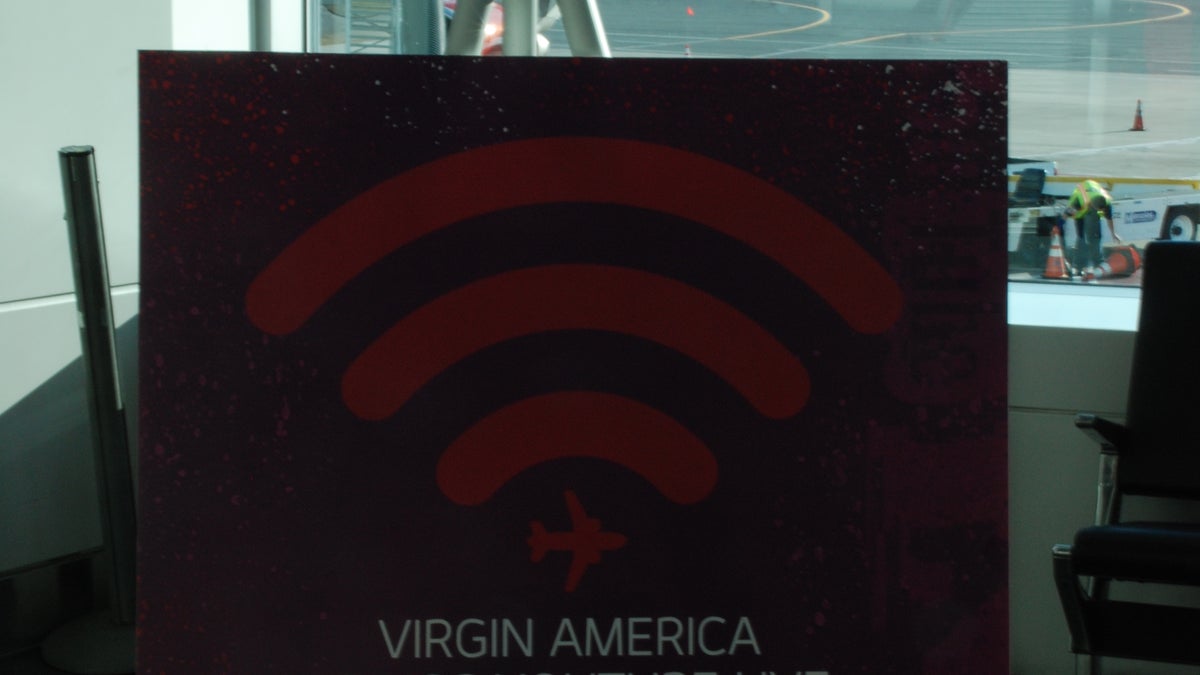Blogging from 25,000 feet
CNET's Kent German and Kara Tsuboi catch a ride on Virgin America's debut of its in-flight Wi-Fi service.

Virgin America kicks off in-flight Wi-Fi on Saturday.
Update at 7:35 p.m. PST: Photos from the flight and a few extra observations have been added.
For an aviation geek like me, the simple act of flying is more then enough reason to get on a plane.
So when sassy airline Virgin America offered CNET the chance to test its new Gogo in-flight Wi-Fi service, I jumped at the chance. And yes, I'm writing this 25,000 feet or so (we're still climbing) above the Northern California coast. We're cruising on an hour-long demonstration flight out of the San Francisco International Airport. Check out the slideshow for more shots.
After passing 10,000 feet, I was able to find the sky-high Wi-Fi signal and create an account within minutes. The service works faster than I expected--not as quick as my cable Internet service at home but zippy nonetheless. Yahoo and CNET loaded relatively quickly, and CNET's Kara Tsuboi was able to stream videos. I went straight to blogging, so I didn't take much of an online tour, but it looks promising.
So far the service is available on one of Virgin America's uber-hip Airbus A320 aircraft. That plane (registration N638VA, "My other ride is a spaceship") will begin flying scheduled service on Thanksgiving Day. The service will be rolled out to the airline's entire A320 fleet by the second quarter of 2009.
Of course, the Wi-Fi service will cost you. You'll pay $9.95 for flights of three hours or less and $12.95 for flights more than three hours. I think that's a pretty fair price (particularly if you're on a company expense account) for the privilege of browsing, chatting, and e-mailing while aloft. And don't worry about your laptop battery dying. Virgin America has USB and electrical power connections in every row, both in first class and economy.
The service is available through Aircell, which powers the in-flight Wi-Fi technology. Radio towers through the continental United States transmit EV-DO Rev A signals to the planes. Three antennas on the outside of the aircraft pick up the signal, which is then transmitted throughout the cabin. Aircell is also working with Delta and American to provide Wi-Fi service.
Thankfully, cell phone service in the air is still an no-no due to FAA regulations. VoIP services also will be banned, but you will be able to text if you have a Wi-Fi-enabled cell phone. What's more, Virgin America says it will not filter Web sites.
In this photo--transmitted Saturday from a Virgin America Airbus A320 about 35,000 feet above San Francisco, passengers hold up their wireless devices at the launch of in-flight Wi-Fi.

